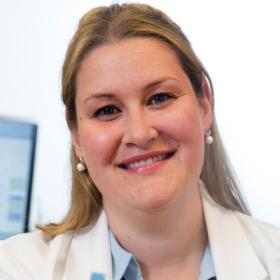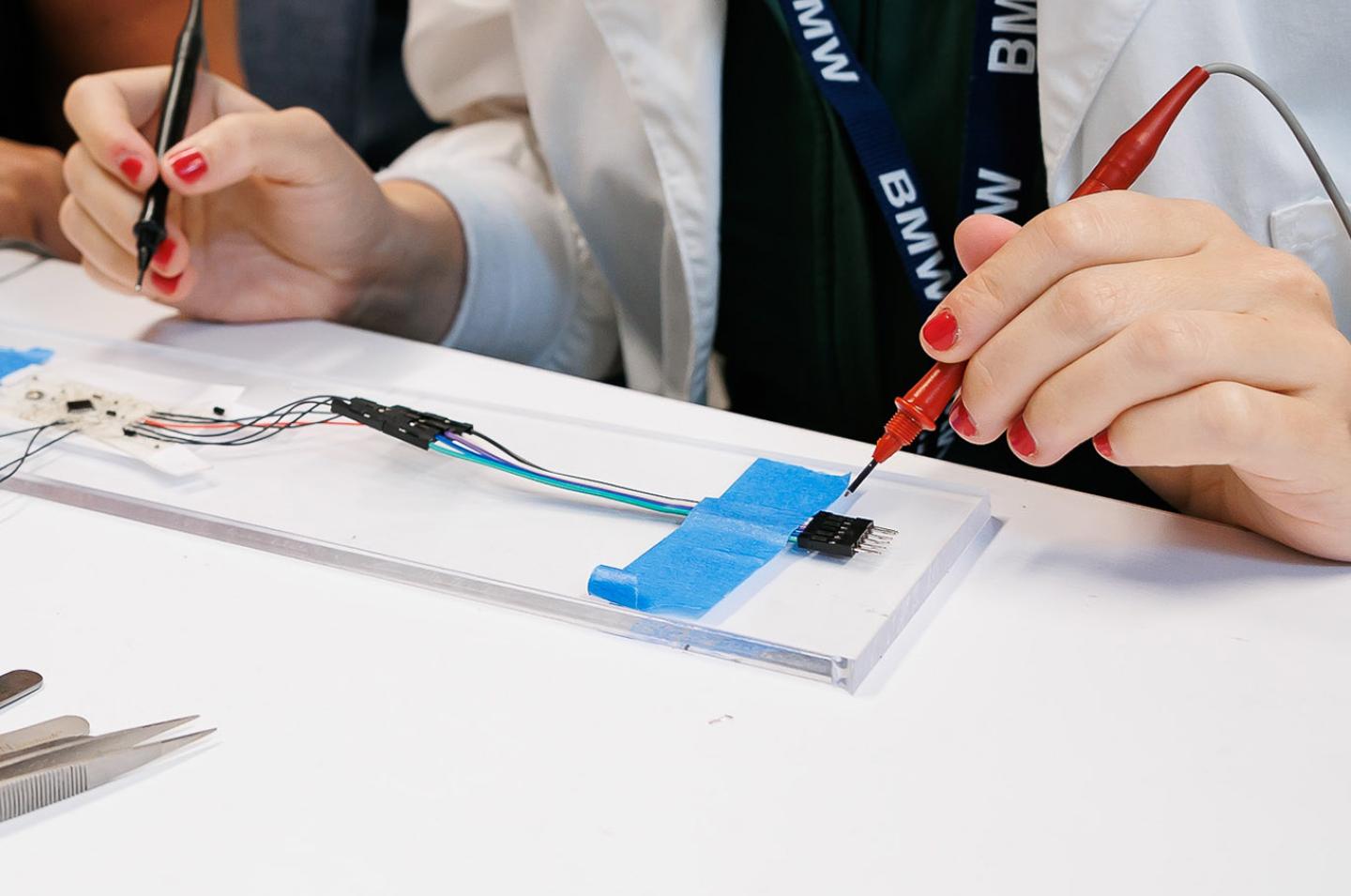



The field of soft robotics emerged relatively recently and has seen enormous growth in the past decade. Where does your interest in soft robotics come from?
I’ve always liked math and hands-on work. Those interests brought me to engineering as a discipline. My specific focus on soft robotics came about due to serendipitous timing and a surprising confluence of events. When I was in graduate school, I started out working in theoretical fluids. My roommate at the time was in a robotics lab. We began to talk about the possibility of merging fluids concepts with robotics to get fluidically driven robots. From those early discussions—and with faculty involved—we were able to build out this new idea of soft robotics using fluids to drive all the basic components, functions, actuation, sensing, computation, and so on. Soft robotics has been my trajectory ever since.
You work at the intersection of materials, robots, and manufacturing. How are these things connected in your lab, the “Faboratory”?
My lab is interested in robotic systems that can adapt to changing environments and tasks. There are many solutions and approaches to this challenge, and we are primarily focused on adaptive morphology. If a system can change its shape, structure, behavior, and properties on demand, what are its optimal settings in a given environment? How much energy is needed for the system to morph and adapt? To research these questions, we leverage new multifunctional materials to build robots from the ground up that can actually do these things.
What is coming next in the field of soft robotics?
Nearly all animals can adapt their body configuration and behavior to different environments, but we haven’t yet seen that as a pervasive feature in robots. Any robot that you might imagine interacting with in the future will need adaptive capabilities. The possible application areas are vast and varied—wearables, agriculture, medicine, and potential assistive robots to help people with a variety of conditions, including aging. Adapting to unexpected impacts and varied terrains also positions future soft robots as exemplary exploratory vessels.
What do you most enjoy about your lab?
Members of the Faboratory have backgrounds in a variety of disciplines: mechanical engineering, materials science, physics, chemistry, and electrical engineering. Bringing all these people together gives rise to incredibly interesting technology and science. I’m fascinated by the problems and possibilities that emerge at the intersections of disciplines. I love working on a team of people with diverse areas of expertise and perspectives to draw upon as we set and achieve our goals.
What projects are you working on now?
One of our projects is robotic fabrics. The basic idea is to impart robotic functionality into traditional fabrics in a way that will not disturb their fiber architecture. We don’t usually think of everyday fabrics as being “intelligent,” but many feature specific fiber architectures that offer mechanical properties for a variety of applications. We do a fair bit of sewing in the lab, and we also research historical techniques such as fabric looming. It’s been fascinating to think about leveraging hobbyist weaving and crocheting techniques to integrate our multifunctional fibers into fabrics in an advantageous way.
You arrived at Yale in 2017. What have been the advantages of working and researching here so far?
The Yale community has been fantastic home for my lab thanks to the strong connections to great physics, chemistry, biology, and evolutionary biology departments. Our work ranges across many disciplines, and to be able to collaborate with colleagues around us has been enormously beneficial. We also have access to the space and equipment we need to execute our research.
